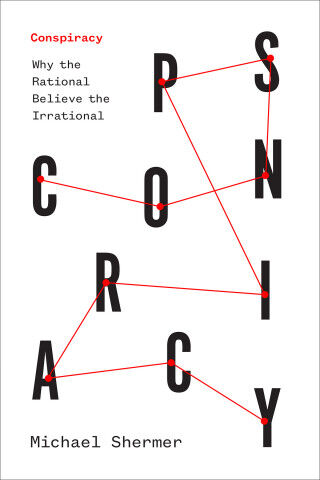CAMP KINSER’S BATTLE OF OKINAWA HISTORICAL DISPLAY SEEKS TO EDUCATE, LOOKS TOWARDS FUTURE

Contrary to where it is located, the Battle of Okinawa historical display on Camp Kinser has no political view. It provides an opportunity for people to gain a greater perspective of the ferocity of war and think on what they can do for peace from a neutral stand point.
The display holds both U.S. and Japanese artifacts, relics, posters, newspaper clips and photos, including replicas.
It provides insight into the viewpoints of all three sides: American, Japanese and Okinawan, at the time of the war from their own perspectives. It allows the visitors to see things from the viewpoints of their own country, while at the same time offering an opposing view.
“The feelings that people have about displays like this vary from person to person based on their life experiences, perspectives and knowledge,” said Charles D. Bush, camp director for Camp Kinser. “No matter who you are, you can walk away with something within your spirit that you did not have before you walked in.”
Camp Kinser has been the home of the Battle of Okinawa historical display since 1994 when Dave Davenport, founder of the Battle of Okinawa Historical Society, relocated his display from Kadena Air Base.
According to Ichino Doshida, community relations specialist for Camp Kinser, before COVID-19, hundreds of Japanese had visited the display annually. Hailing from Okinawa to mainland Japan, visitors have included government officials, high school and university students, teachers, academics and Japan Self-Defense Forces members. However, the situation changed drastically.
In order to introduce the display without being affected by the pandemic, the idea of creating a video for the display was born. Doshida contacted Communication Strategy and Operations, Marine Corps Installations Pacific Okinawa, for filming.
“We are very certain if this promotional video is online, it will be a great hit,” said Doshid. “The display is a powerful academic tool for Kinser and the U.S. Marine Corps in Okinawa to enable to reach out to the Japanese community.”
The Battle of Okinawa was fought on the islands of Okinawa from March 26 with the U.S. landing on Kerama until Mitsuru Ushijima, commander of the Battle of Okinawa, believed to have committed suicide on June 22, 1945, only a few months before the end of World War II. According to the Ministry of Internal Affairs and Communications, over 200,000 people lost their lives, including soldiers from both sides and civilians, during the three months of this final ground battle in the Pacific. Almost half of them were citizens of Okinawa.
On March 1, 2022, two Marines from MCIPAC COMMSTRAT conducted a site survey at the Battle of Okinawa historical display to see how they could support the project from a video perspective before the actual filming.
Displays are organized and laid out in chronological order of the Battle of Okinawa. There are mannequins dressed in uniforms of both U.S. forces and Japanese, black and white pictures of people and landscapes, posters and newspaper articles written in English and Japanese.
“What about the aircraft?” Staff Sgt. Laiqa T. Hitt, current operations chief, asked the purpose of the model planes hanging from the ceiling as she stopped in front of a mannequin dressed in a Japanese military flight suit. Above her head was a model of Zero fighter plane for Kamikaze (divine wind) Special attack Corps, known as suicide attack, and across was Ouka (cherry blossom) rocket aircraft, which was a manned flying bomb carried underneath bombers. The model planes are associated with the time and place of the battle of what is displayed underneath them.
In one corner, rifles are displayed, while landmines and hand grenades are showcased in different sizes and shapes. For a better understanding of displays, Doshida explained the differences between the Japanese and American landmines and grenades.
“It was quite enlightening. I didn’t know about the Battle of Okinawa to this degree,” expressed Hitt after the preliminary tour to get knowledge for filming. “I want viewers to see a lot of different things, understand every aspect of war. It’s not just weapons and aircrafts, but also Japanese and U.S. civilians who got caught in the middle of the battle, too. It’s one thing to read about it, it’s another thing to actually see it.”
Bush expressed that the Kinser Battle of Okinawa historical display offers a way to learn about war aside from portrayals of war in education, media or movies. The artifacts in the display demonstrate war in a way that is intended to help keep alive memories of people’s sacrifice and heroism as they struggle through the effects of such conflicts. He stated the display is a good representation of the sacrifices made to ensure peace so that we could grow into the close friends that we have become today.



